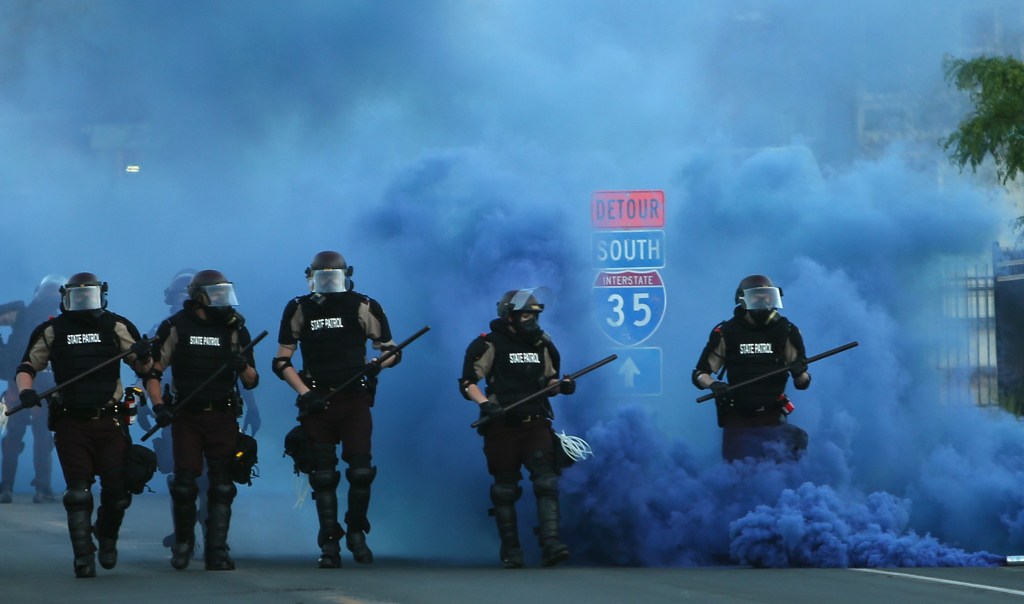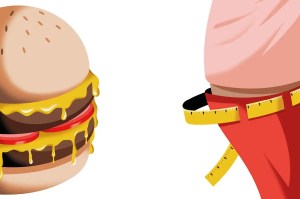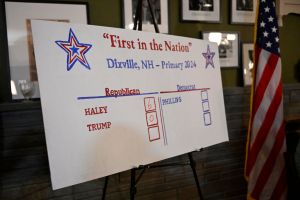As the US enters the final straight of what has been — to put it mildly — a highly unusual election campaign, something akin to panic is taking hold among observers on both sides of the Atlantic. The premise is that the United States is in a highly fragile state, that the election could easily tip it into widespread violence, and that the social and political divisions currently dubbed the ‘culture wars’ could escalate into a real war.
One scenario suggests blood on the streets were Donald Trump and his supporters to resist defeat. A respected think tank, the International Crisis Group, which usually analyses places such as Somalia has explained that it is currently focusing on ‘the risk of violence surrounding the US elections’. Reuters is equipping its reporters in the United States with flak jackets, helmets and gas masks. There is even a strand of academic opinion saying that the country has never been as dangerously polarized since 1860 — the eve of the American civil war.
At which point, someone needs to say: steady on. The United States today may indeed be volatile with the Black Lives Matter protests following the death of George Floyd, the vicious pre-election verbal slanging matches across the US media, and questions about whether a defeated Trump would go quietly. But do we really have to go back to 1860?
What about the 1960s? The United States of the mid-to-late 1960s was a far more violent country than it is today. Race riots were a recurrent fact of life in many US cities. The Civil Rights movement was in full flow; the Selma to Montgomery marches of 1965 were regularly broken up with extreme violence by local police and white vigilantes. City centers and university campuses were the scenes of mass protests against the Vietnam war that routinely turned violent. In 1970, four students were shot dead and nine injured at Kent State University by the Ohio National Guard.
Malcolm X was assassinated in 1965; Martin Luther King and Robert Kennedy just three years later. Urban rioting that followed the death of Martin Luther King that April affected more than 100 US cities. The extent of damage to downtown Washington DC was such that there were still traces when I was based there in the late 1990s. For the 1968 Democratic party convention in August, Mayor Daley sent 23,000 police to the streets to counter an estimated 10,000 protesters. The result was a confrontation and four days of violence during which more than 100 demonstrators were injured badly enough to be taken to hospital and nearly 200 police officers were hurt.
Not only were those years an almost unrelieved sequence of destructive protest and counter-protest, but these reflected social and cultural divisions at least as deep, probably deeper, as those of today. Black against white, educated vs working class, youth against age. This may be characterized in retrospect as a cultural struggle during which the sedate and secure 1950s gave way to the modern era, but it is hard to imagine that the gap — the disparities and resentments — was significantly narrower than it is today.
There is a counter-view, according to which the divisions of today are potentially more lethal because they are aligned with the main US political parties in a way that they were not then. In the 1960s, so the argument runs, the divisions — of color, class and age — cut across party divisions. Republicans and Democrats were divided among themselves, whereas today the two parties represent the two poles, so they are organized and prepared for political conflict to reach another level. That Trump has been as divisive a figure for Republicans as he has been for the country — and arguably for the world — however, should give the lie to that.
[special_offer]
If the 1960s were so divided and violent — as indeed they appeared to me, on my TV screen, as a child — why are not more comparisons made between then and now? Why go harking back to the century before last? One reason might be that the 1960s fall just outside the adult living memory of most commentators and political actors of today. The years that are just out of reach – too long ago to be classed as current affairs, but too recent to feature on curriculums as history — have a tendency to slip out of view; the experience unappreciated and the lessons unlearned until they recede further from view. Then they pop up again, rediscovered, but without the passion and color they had at the time.
As a post-script, I will risk a bet. If, as even a conservative reading of the latest polls suggests, Joe Biden is heading for a clear victory, Donald Trump will fold his tent with a degree of dignity, suggest with regret that prophets are rarely respected in their own land, and shake the DC dust off his feet as he returns to his Manhattan tower. In the same way as the years just on the cusp of living memory are neglected, so those well within our memory cast a disproportionate shadow. The proximity of the 2000 ‘tied’ election (which I covered as the Independent’s Washington bureau chief) is coloring the anticipated aftermath of this year’s election to an excessive degree.
The 2000 election, or rather its inconclusive result, stemmed from a unique combination of circumstances, which is unlikely to recur. Were there to be a tie in the electoral college, or a rash of disputes about postal votes, maybe Donald Trump would resort to litigation, and maybe some of his supporters would then challenge the result from the streets. Maybe…whatever happens, though, it might be worth looking back at the 1960s before preparing for 1860 all over again.
This article was originally published onThe Spectator’s UK website.


















